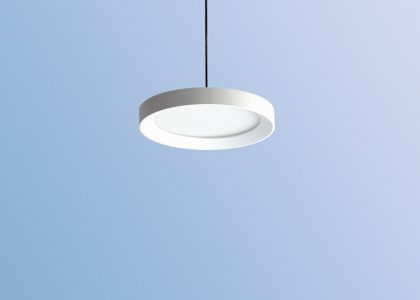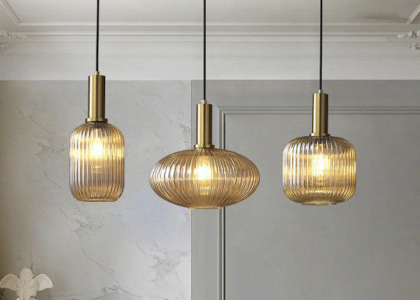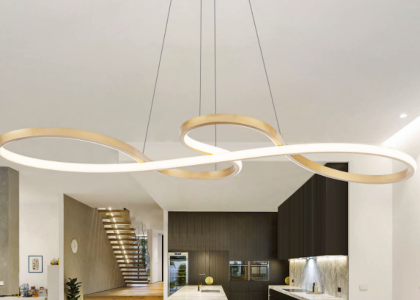Introduction
Linear LED light strips have become increasingly popular due to their versatility and range of applications. With advancements in LED technology, this lighting solution has improved in efficiency, lifespan, and flexibility. In this article, we will explore the uses of linear LED light strips and their many benefits.
The Benefits of Linear LED Light Strips
Linear LED light strips offer several benefits over traditional lighting solutions. Firstly, LED light strips are energy-efficient and have a much longer lifespan than traditional lighting, reducing energy usage and maintenance costs. Secondly, LED light strips are available in a range of colors, brightness, and sizes, making them adaptable to different spaces and purposes. Additionally, LED light strips are lightweight, easy to install, and can be cut to custom lengths, providing more design flexibility.
The Applications of Linear LED Light Strips
There are numerous applications for linear LED light strips, making them ideal for both residential and commercial settings. Here are some of the most common uses of LED light strips:
1. Home Lighting
Linear LED light strips are popular in residential settings, where they can be used to create ambient lighting or highlight specific areas. For example, they can be installed under kitchen cabinets, along staircases, or around mirrors to provide task lighting or add a decorative touch.
2. Commercial Lighting
LED light strips are also commonly used in commercial spaces such as retail stores, restaurants, and hotels. They can be used for accent lighting, to highlight displays, or create a particular ambiance, such as a warm and welcoming atmosphere in a hotel lobby.
3. Automotive Lighting
LED light strips have also found a place in the automotive industry, where they are used as daytime running lights, taillights, or underbody lighting to enhance the vehicle’s appearance.
4. Landscape Lighting
Linear LED light strips are also used for landscaping lighting, such as lighting pathways or highlighting garden features like statues or fountains.
How to Install Linear LED Light Strips
Installing linear LED light strips is a simple process that can be done without the help of an electrician. However, it is essential to follow the manufacturer’s instructions carefully to ensure safety and proper installation. Here are the general steps to install LED light strips:
1. Measure and Cut
Measure the space where the light strip will be installed and cut the LED strip to the appropriate length.
2. Clean the Surface
Clean the surface where the light strip will be installed, making sure it is dry and free of any dirt or debris.
3. Attach the Strip
Peel off the protective backing from the adhesive tape on the back of the LED strip and attach it to the surface. Make sure to press down firmly to ensure good adhesion.
4. Connect the Power Supply
Connect the LED strip to a power source, either by plugging it into an outlet or wiring it directly to a power supply unit.





